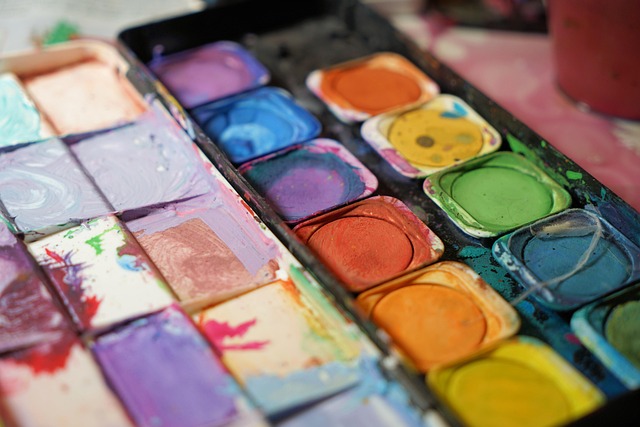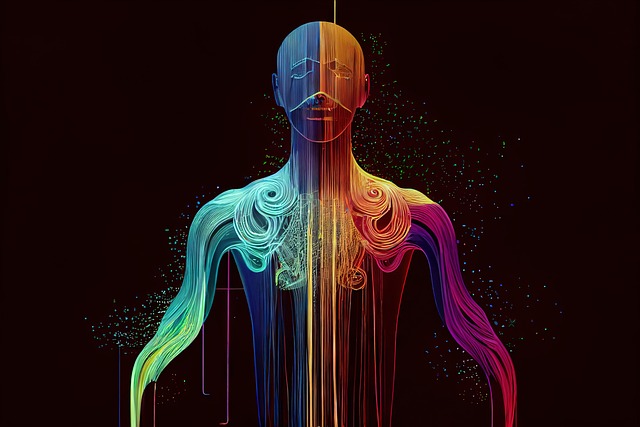When delving into the world of graphics, one cannot underestimate the power of composition. It’s not just a term; it’s the heartbeat of visual storytelling, the very essence that binds art and design together. Whether you’re crafting a stunning digital interface, designing a captivating poster, or illustrating a thought-provoking image, understanding the nuances of composition can elevate your work from ordinary to extraordinary.
At its core, composition refers to the arrangement of elements within a space. In art, it dictates how the audience interacts with the artwork, guiding their eye and emotions as they move across the canvas. In design, composition serves a functional purpose; it organizes information, enhances usability, and ensures that the viewer’s experience is intuitive and engaging.
One of the foundational principles that govern composition is balance. Achieving balance within a visual piece allows for a sense of stability and harmony. This doesn’t mean every element must be symmetrically placed; rather, it’s about distributing visual weight in a way that feels pleasing to the eye. Designers often create a sense of equilibrium by juxtaposing large, heavy elements with smaller, lighter ones. The interplay of these contrasting forces can make a graphic not only appealing but also memorable.
Another critical aspect of composition is the use of negative space. Often overlooked, negative space is the empty area surrounding your focal points. This whitespace isn’t just filler—it enhances readability, highlights important information, and allows breathing room for the viewer. In art, it can create an atmosphere; in design, it simplifies the experience by narrowing the viewer’s focus to what truly matters.
Leading lines are yet another essential element of composition. These lines draw the viewer’s eye through an artwork, guiding them on a visual journey. In photography, they can be found in the architecture of buildings or natural formations. In graphic design, they can be utilized in pathways, icons, and borders. By strategically incorporating leading lines, you can direct attention to points of interest, leading to a more engaged viewer who feels part of the narrative.
Color also plays a pivotal role in composition. The emotions evoked by colors can shift the entire feel of a design or piece of art. A warm palette may instill feelings of comfort and energy, while cool tones might evoke calmness and serenity. Understanding color theory enables artists and designers to create compositions that resonate emotionally, ensuring that the message is both seen and felt.
Finally, scale and proportion are vital in manipulating composition. Playing with the size of elements can create drama or highlight significance. A giant image of a single flower against a vast background can evoke feelings of solitude and introspection, while a grid of small images can suggest unity and diversity. Utilizing scale effectively can amplify the visual impact of any piece.
In mastering composition, one must constantly observe, analyze, and practice. Every artwork provides an opportunity to learn and refine your skills. Embrace the challenges, experiment with different compositions, and recognize the balance between chaos and order. As you delve deeper into the art and design of graphics, let composition be your guide, leading you to create work that is not only seen but truly experienced. Discovering the art of composition not only enhances your graphics but also enriches your expression as an artist and designer.




